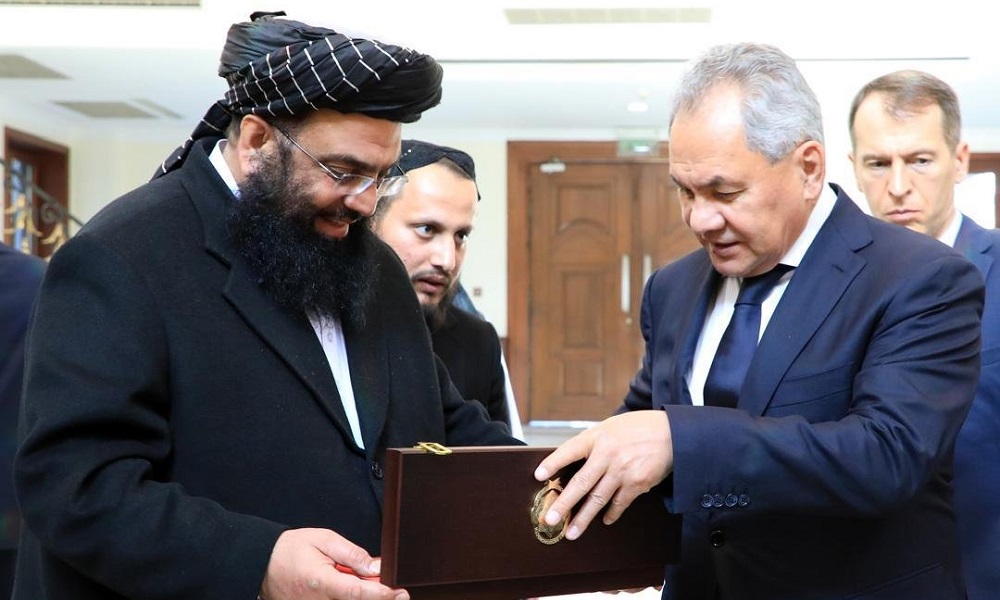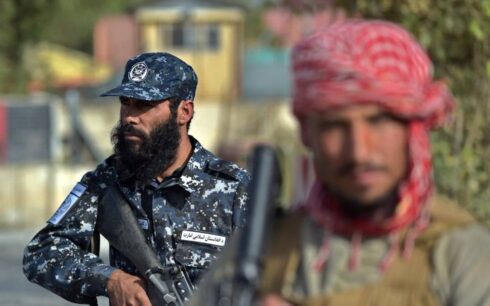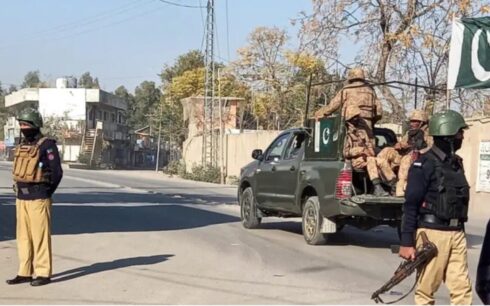In the aftermath of the U.S. military withdrawal from Afghanistan in August 2021, a significant vacuum emerged in the country’s geopolitical landscape. Russia has been quick to seize this opportunity, strengthening its political, economic, and security ties with the Taliban regime. With the Taliban facing international isolation and struggling for legitimacy, Moscow has positioned itself as a pragmatic power capable of filling the void left by Washington.
This strategic shift by Russia, however, is not without historical precedent. To understand the current dynamics, it is crucial to examine the historical trajectory of Russian and American involvement in Afghanistan, culminating in the events of recent years.
A historical context: The U.S.-Soviet rivalry in Afghanistan
The roots of Russia’s involvement in Afghanistan date back to the Cold War. In the 1970s, as Afghanistan sought to navigate between Soviet influence and Western alliances, the U.S. began indirect efforts to strengthen its ties with Kabul. Through intermediaries such as Iran, Saudi Arabia, and Egypt, the United States aimed to counter Soviet dominance.
In response, the Soviet Union bolstered its ties with pro-Moscow factions in Afghanistan. The People’s Democratic Party of Afghanistan (PDPA), a Marxist-Leninist organization founded in 1965, played a pivotal role. With Soviet encouragement, the PDPA staged a coup on April 28, 1978, overthrowing President Daoud Khan and establishing the Democratic Republic of Afghanistan. This move effectively neutralized U.S. influence in Kabul and entrenched Soviet dominance.
The situation escalated with the Soviet invasion of Afghanistan in December 1979, a blatant violation of international norms and bilateral agreements. The invasion triggered a strong response from the United States, which openly declared support for Afghan mujahideen fighting Soviet forces. Between 1980 and 1989, the U.S., alongside its Western allies and Islamic countries, provided substantial military and financial aid to the mujahideen.
During this period, Afghanistan became a focal point of U.S. foreign policy, with American aid alone exceeding $3 billion. The Geneva Accords of 1988, facilitated by negotiations involving the U.S., the Soviet Union, Pakistan, and Afghanistan, eventually led to the withdrawal of Soviet forces in 1989. However, once the Soviets departed, Afghanistan receded from the U.S. strategic agenda.
The post-cold war era
The fall of the Soviet-backed regime in Kabul in 1992 and the subsequent rise of the mujahideen plunged Afghanistan into civil war. With no central government to maintain order, the country became a haven for extremist groups, including al-Qaeda.
While al-Qaeda, led by Osama bin Laden, established its bases in Afghanistan, the U.S. showed little interest in the country’s deteriorating situation. Russia, preoccupied with its own internal challenges following the collapse of the Soviet Union, similarly turned its attention inward.
The Taliban’s capture of Kabul in 1996 further complicated the geopolitical landscape. The group established a repressive regime that provided safe haven to extremist groups, including al-Qaeda. While the U.S. largely ignored the growing threat, Russia viewed the Taliban as a direct adversary. Moscow supported the Northern Alliance, led by Burhanuddin Rabbani, which opposed Taliban rule. This included supplying arms and maintaining intelligence links.
When al-Qaeda carried out bombings of U.S. embassies in East Africa in 1998, Washington demanded the Taliban hand over bin Laden. The Taliban refused, prompting U.S. cruise missile strikes on al-Qaeda facilities in Khost and Nangarhar. The strikes failed to eliminate bin Laden or weaken the Taliban.
The 9/11 attacks in 2001 brought Afghanistan back into sharp focus for the United States. The U.S. invasion, supported by a global coalition including NATO and Islamic nations, led to the overthrow of the Taliban regime in November 2001. Russia, which had long opposed the Taliban, supported U.S. efforts and participated in the post-war rebuilding process.
Russia’s strategic calculations after 2021
The U.S. withdrawal from Afghanistan in 2021 marked a turning point, creating a vacuum that Russia has sought to fill. This engagement is driven by several strategic objectives:
Russia has maintained its embassy in Kabul and allowed the Taliban to operate Afghanistan’s embassy in Moscow. This move signals Russia’s willingness to engage with the Taliban and positions it as a key player in Afghanistan’s future. Moscow has also hosted multiple rounds of talks between the Taliban and former Afghan government representatives, including conferences in 2019 and 2021.
Afghanistan’s untapped resources, including minerals and energy infrastructure, present lucrative opportunities for Russian investment. Strengthened ties with the Taliban allow Russia to secure access to these resources while expanding its economic footprint in South Asia.
Russia views Afghanistan as a potential source of instability, particularly through the activities of extremist groups like ISIS-K, which could threaten Central Asia. By engaging with the Taliban, Moscow aims to mitigate these risks and ensure the security of its southern borders and regional allies.
Russia is also interested in collaborating with the Taliban on countering drug trafficking, organized crime, and terrorism. Such cooperation serves Russia’s broader security agenda while strengthening its influence in the region.
Taliban’s strategy
For the Taliban, Russia’s support is both strategic and pragmatic.
The Taliban see Russia as a gateway to broader international recognition. Moscow’s relatively accommodating stance in forums like the United Nations has bolstered the Taliban’s diplomatic position.
The Taliban seek to deepen trade and economic ties with Russia and Central Asia. Delegations led by senior Taliban officials have visited Moscow and neighboring countries, securing agreements on commerce, transportation, and energy.
With limited international recognition, the Taliban have leaned on Russia to build relationships with other nations. Russia’s engagement has influenced Central Asian states, such as Kazakhstan and Uzbekistan, to cautiously engage with the Taliban.
Challenges ahead
While Russia’s relationship with the Taliban has yielded some successes, significant challenges remain. The Taliban’s human rights abuses, particularly restrictions on women, complicate Moscow’s efforts to legitimize the regime. Additionally, the volatile security situation in Afghanistan poses risks to Russia’s investments and regional stability.
For the Taliban, reliance on Russia provides a short-term solution but falls short of the broader international recognition and economic support needed to stabilize Afghanistan.
The absence of the United States has reshaped Afghanistan’s geopolitical landscape, providing Russia with an opportunity to expand its influence. For Moscow, engagement with the Taliban offers a chance to secure its southern borders, enhance economic ties, and counter Western influence in the region.
For the Taliban, Russia’s support is a lifeline amid international isolation. However, the long-term success of this relationship will depend on both parties’ ability to navigate the complex challenges of Afghanistan’s political, economic, and security realities.
Nasrullah Stanikzai is a political and international affairs analyst and a former professor at Kabul University’s Faculty of Law and Political Science.
Opinions expressed in this article are those of the author and do not necessarily reflect the views of this publication.





